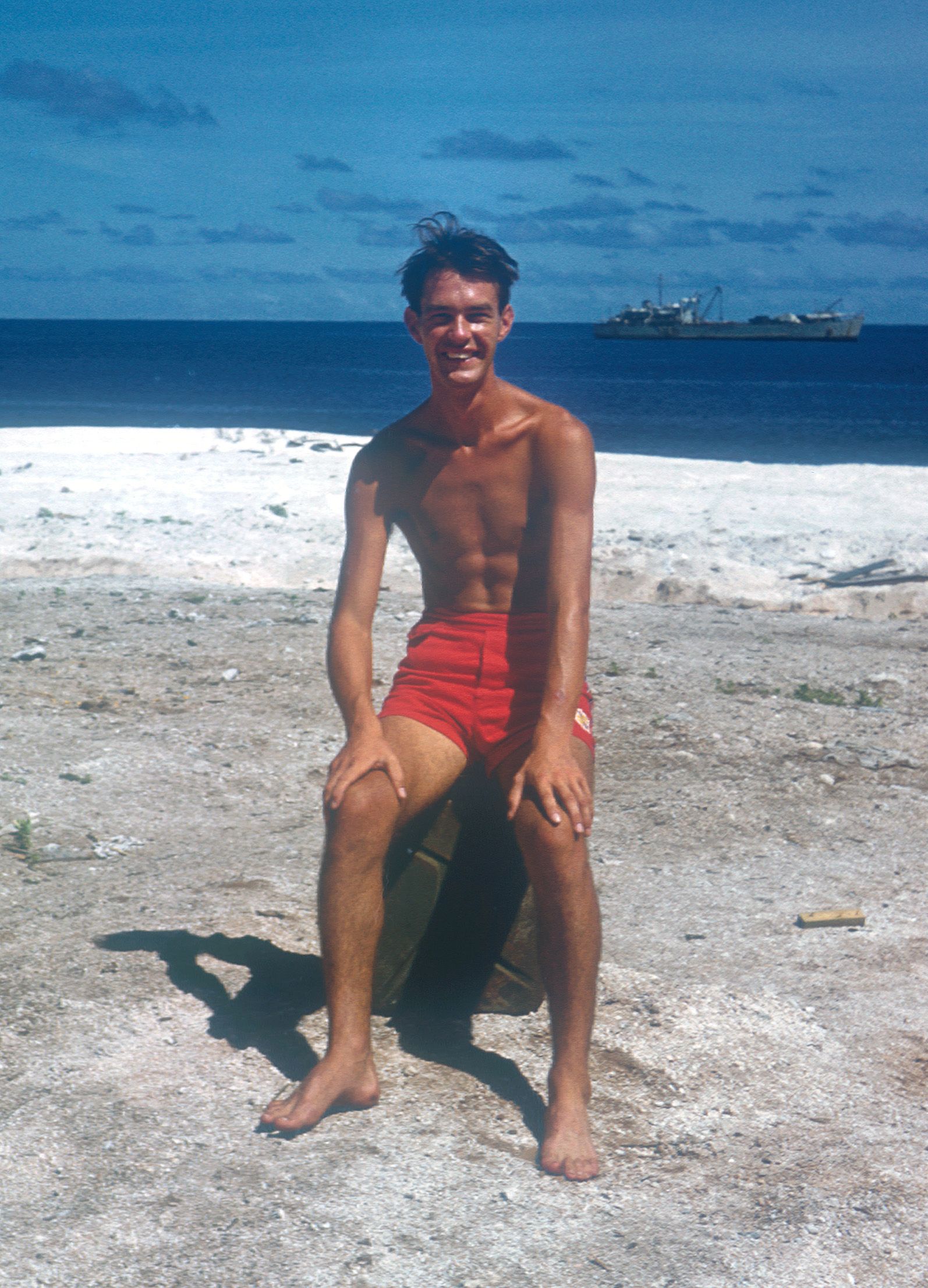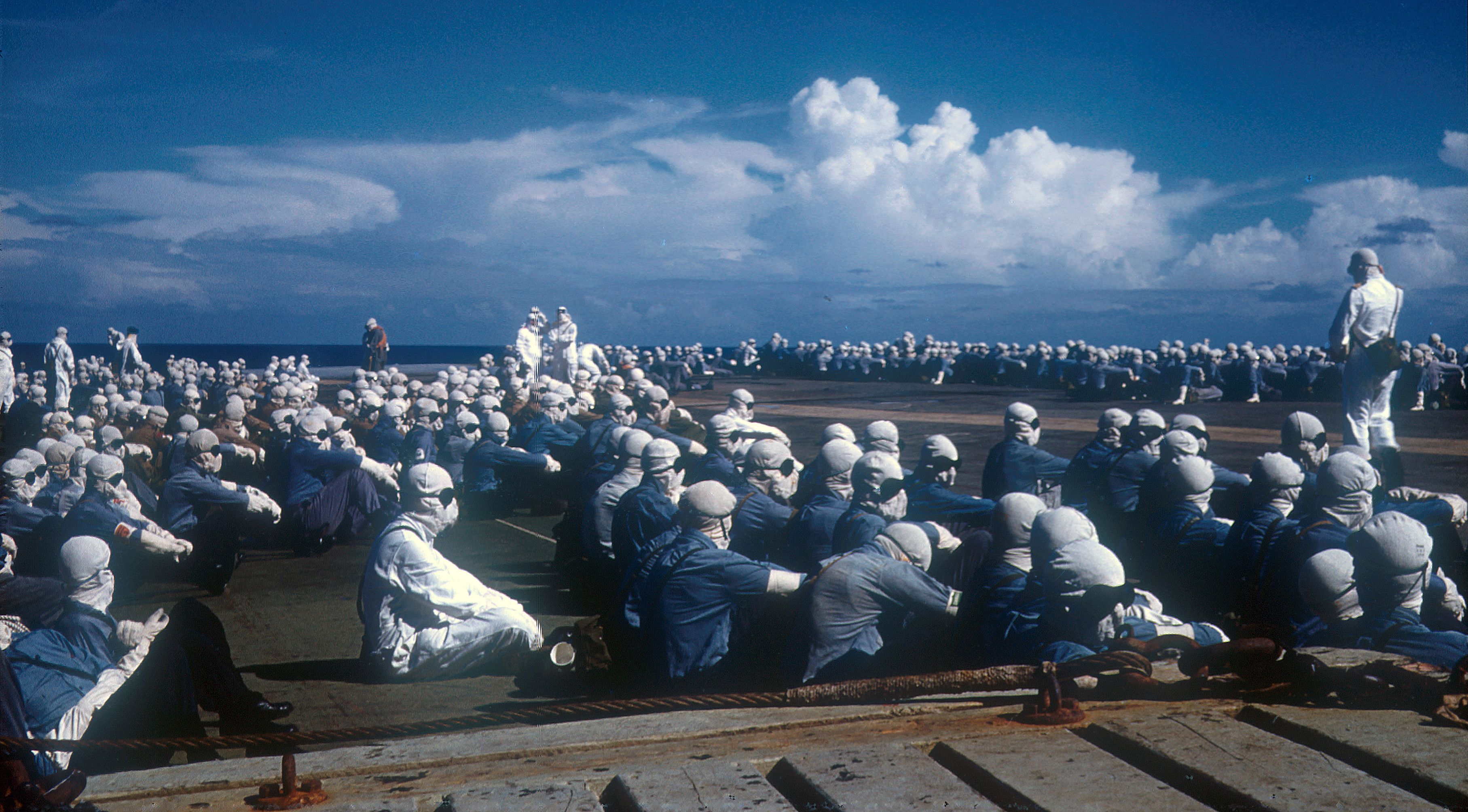
Anthony ‘Tony’ Broomfield was born in Southampton in 1934, where he lived until the outbreak of the Second World War. After moving to live with his grandparents in Minehead, Broomfield and his family went on to Liverpool and then Southport, before returning to Southampton at the end of the war. His father was a shipping clerk and his mother worked as a teacher. At school, he excelled at mathematics and went on to study physics at University College of the South West of England (now the University of Exeter). In 1956 he joined the Atomic Weapons Research Establishment (AWRE) and was posted to Christmas Island for Operation Grapple. Here he was part of the scientific team, taking readings and assisting with recording the explosion and its aftermath. He stayed with the AWRE until his retirement. Broomfield passed away in October 2024. He has four daughters and eight grandchildren.
Interview extracts
Description
Soon after joining the Atomic Weapons Research Establishment (AWRE) in 1956, Anthony Broomfield was posted to Christmas Island to take part in Operation Grapple. He worked on Malden Island where he helped to set up high-speed cameras to collect detailed imagery of nuclear detonations during the series of tests. He stayed with the AWRE (later AWE) until his retirement.
This is a short extract from an in-depth interview. Anthony Broomfield was recorded for the Oral History of British Nuclear Test Veterans project in 2024. The interviewer was Joshua Bushen. This project was run in partnership with National Life Stories and the full interview can be accessed at the British Library.
Transcript
My job, which thankfully didn’t fail on any occasion, was to tell the cameras to stop. Why is that necessary? The film to catch the expansion of the blast wave has to be very, very fast and there’s a technical device called the Carcel [sp?] camera, which goes extremely fast and allows photograph frames to be taken at very short spacings of development of the bomb. That’s what you’re seeing in the distance, a bomb, this camera is photographing all that. And so essentially that’s my job. There are a team of people specially trained to run these cameras, and slower ones, it’s not just all on this fast one, some are also slow ones, which information…
[ends at 0:01:18]


